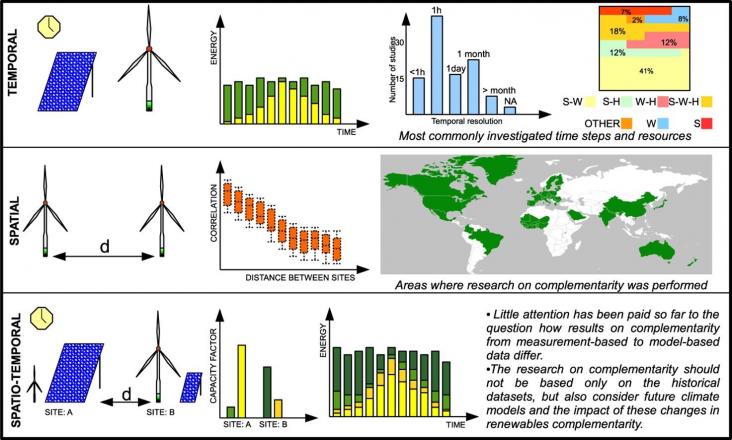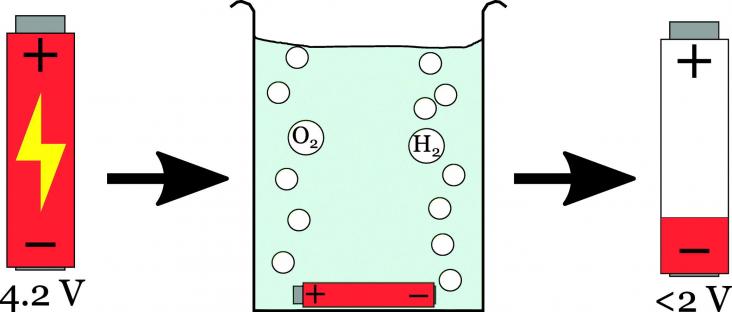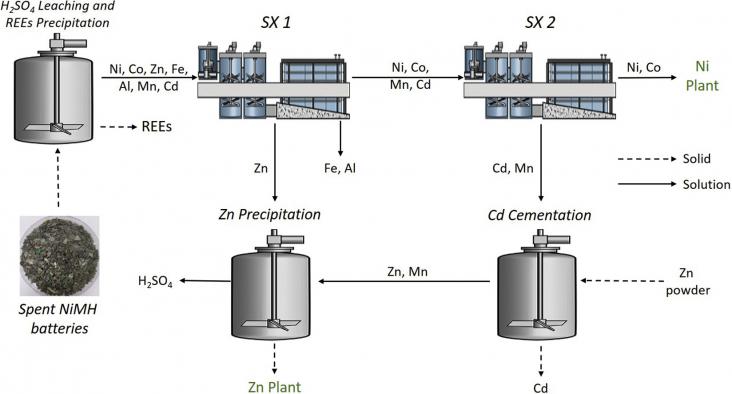Elsevier,
Introduction to Industrial Energy Efficiency, Energy Auditing, Energy Management, and Policy Issues, 2020, Pages 215-226
This chapter advances SDG 7, 11 and 12 by addressing energy efficiency of heating systems, cooling systems, and hot water systems, examining measures to reduce energy use in these systems.
Elsevier,
Encyclopedia of Renewable and Sustainable Materials: Nanomaterial for CO2 Sequestration, Volume 3, 2020
This book chapter advances SDGs 7, 13, and 12 by describing promising nanomaterials for the capture of CO2 emissions. Since it will take time for the world to rely solely on renewables, nanomaterials for carbon capture can help protect the atmosphere from harmful greenhouse gases in the interim.
Elsevier,
Supervised Machine Learning in Wind Forecasting and Ramp Event Prediction, Wind Energy Engineering, 2020, Pages 75-99
This book chapter addresses SDG 7 by explaining wind forecasting and how hybrid models based on machine learning is improving accuracy.
Long-term electrolysis with a thick Pd electrode in 0.1. M LiOD was performed. Some techniques to conduct clean and stable electrolysis are described.

Global and regional trends indicate that energy demand will soon be covered by a widespread deployment of renewable energy sources.
This book chapter addresses goals 7, 9, and 13 by reviewing the prospects and constraints for bioenergy development in Africa to ensure sustainable bioenergy production in the future.
Global warming, air pollution, and energy insecurity are three of the greatest problems facing humanity. To address these problems, we develop Green New Deal energy roadmaps for 143 countries.

The development of mass-market electric vehicles (EVs) using lithium-ion batteries (LIBs) is helping to propel growth in LIB usage, but end-of-life strategies for LIBs are not well developed.

The utilization of existing metallurgical infrastructure and integration of secondary process streams into primary metals production can provide advantages over separate recycling plants.
